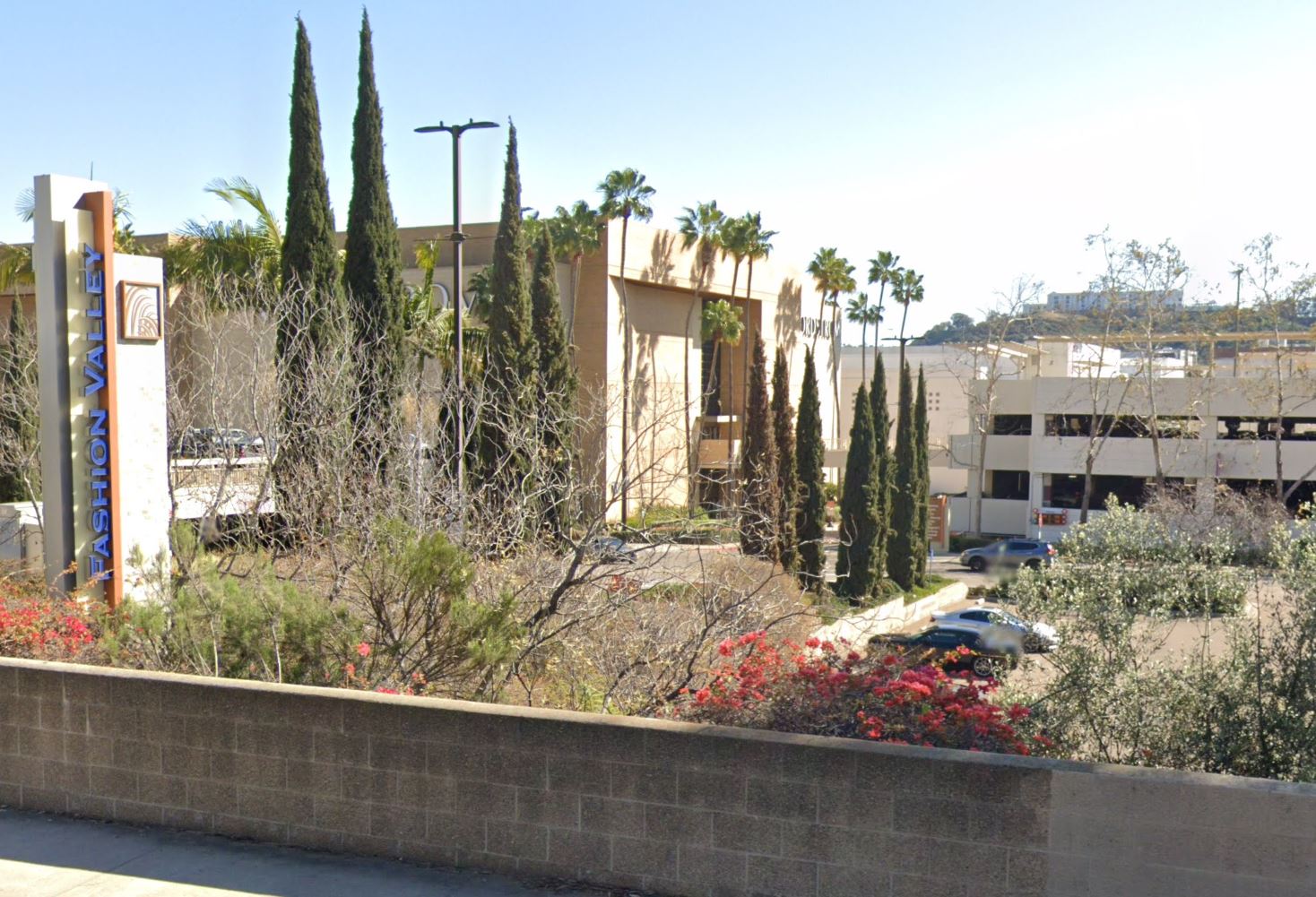
Northern lights, also called aurora borealis, brought gorgeous hues of purple and magenta seen from the San Diego County mountains overnight.
A strangely strong solar storm is hitting Earth, creating northern lights in the U.S. this weekend and could possibly disrupt power and communications, according to the National Oceanic and Atmospheric Administration.
NOAA issued a rare severe geomagnetic storm warning after a solar outburst reached Earth on Friday afternoon, hours before originally anticipated. The effects are expected to last through the weekend and maybe even into next week, NOAA said.
NOAA has alerted power plant operators, spacecraft in orbit and the Federal Emergency Management Agency to take safety measures.
Get San Diego local news, weather forecasts, sports and lifestyle stories to your inbox. Sign up for NBC San Diego newsletters.
Northern lights are usually not visible in San Diego County, making them a very rare occurrence here. Aurora borealis are usually only seen in the Polar Regions, close to the north and south poles of the Earth, according to NOAA.
NOAA's planetary K-index measures the magnitude of geomagnetic storms. On a scale of 0-9, disturbances in Earth's magnetic field have reached a 9 from Friday night going into Saturday evening, according to NOAA.
The National Weather Service of San Diego told NBC 7 that Saturday night will be the last good night to catch the lights. However, due to a change in the forecast, Sunday night may be similar to Friday night, according to an expert with NOAA.
Local
Viewers sent in photos to NBC 7 of the northern lights they saw from Mount Laguna and other San Diego mountains.
Have your own photos? Submit them here!



NBC 7 meteorologist Brooke Martell spoke with Mike Bettwy, operations chief of space weather prediction center, about the northern lights. Some of his responses are below:
Why are some able to see the northern lights so far south?
"It was a very intense storm. We were seeing way more particles and energy from the sun hitting our atmosphere than we normally see," Bettwy said. "The stronger it is, the more likely it is that you'll see not only farther south but you'll also see it for longer durations, for longer periods of time, and the colors also can be more vibrant when we have a very intense storm."
How rare is this event?
"It is quite rare," Bettwy said. "The last time we probably saw the same level of widespread activity that was so vibrant was with the Halloween solar storms of 2003, so it's been over 20 years. That's generally how this goes to have it be this vibrant, and especially for this duration for the last few days. You're normally only going to see that every couple of decades."
What makes the colors so colorful?
"The difference in the colors is driven by the different particles. So when you have electrons or protons, and when they interact with nitrogen or oxygen in the atmosphere, it results in a different color," Bettwy explained. "If some of the particles are interacting with the nitrogen, you get deeper reds. But if it's more with oxygen, you're going to get the yellows and the oranges, and some of the darker colors as well, like the greens and blues that are occasionally seen."
Will there be another chance to see the northern lights?
Bettwy says Sunday night may be another good chance to see the northern lights.
"The reason for that is because we had another what we call coronal mass ejection. We had a huge plasma burst coming off the sun early [Saturday] morning and late [Friday] night, and that's going to arrive in the Earth's atmosphere late [Sunday] and into [Sunday] night.
Where is the best place to see the northern lights?
"You will see quite a big difference even if you get just a slight distance out of downtown, inner city areas," Bettwy said. "The biggest tip for people is to get out of the downtown area if you can because the viewing will be much better in those areas."
What are the adverse effects?
"Associated with these storms, sometimes you can get high amounts of radiation that can come towards the Earth and even out into outer space," Bettwy said. "It can be a concern for astronauts in like the ISS, the International Space Station. They have to take cover if there's going to be a high amount of radiation. Fortunately, it hasn't been extremely high with this event, but they have taken some cover due to the increased radiation exposure."
Bettwy says the biggest concern is usually related to GPS signals and power supply issues.
"There are, you know, occasional glitches with like the GPS signal," Bettwy said. "Let's say you're using Google Maps to drive from point A to point B. In these types of events, you'll actually see that those services are a little less accurate. For instance, they'll tell you to turn left like 50 to 75 feet before they really should because the precision is just not quite what it normally is."
But there have been minor impacts this time around so far, he said.
"Fortunately, with this event, we knew that it was coming, so we worked closely with some of the grid operators across North America. The North America Electric Reliability Corporation, they're one of our partners, and they were given advanced notice, and they've taken the appropriate precautions and mitigations to prevent there being any widespread power disruptions," Bettwy said.



